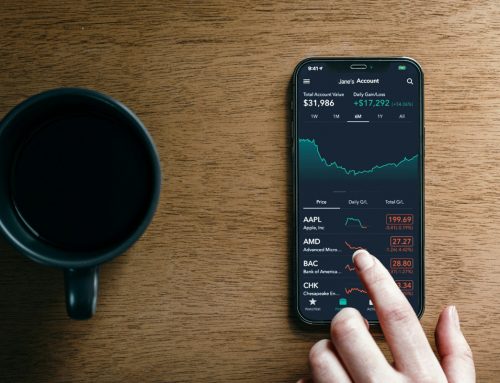Written by: Angela Akers
The US Fed meeting minutes were released this week and they were more hawkish than anticipated causing interest rate concerns to resurface. Additionally, the global economic concerns that have permeated the last several weeks intensified this week with more bad news for China, the world’s second-largest economy. So, we’ve experienced another downtrodden week in the market.
I hope you tuned in to the VectorVest Views back on July 28th when I wrote an Essay entitled, “Get Prepared.” In that Essay, I said “Today, we got another sign that the rally is losing steam. The Price of the VectorVest Composite (VVC) hit a rally closing high of $60.628 per share on July 19th, and our Buy/Sell Ratio, BSR, closed at 2.37. Today, the Price of the VVC closed at a new rally high of $60.640 per share, but the BSR closed at a much lower high of 1.93. Dr. DiLiddo has aptly referred to the BSR as the “Canary.” Like the canary in the coal mine would alert the miners that the levels of poisonous gases were getting dangerous, the BSR would alert us that the continuation of upside movement is at risk. Such is the case.”
The Canary did, in fact, die that day and the Color Guard has been a sea of red since. In that Essay, I also briefly discussed some techniques you might employ to help you protect your profits, one of which was hedging your portfolio by selling stocks short.
Earlier this week, I was having a conversation with some colleagues and one of them mentioned that when they first started working at VectorVest and learning about the stock market, they could not wrap their head around the concept of short selling. As I reflected on that conversation, I realized that when I mention, “selling stocks short,” I take for granted that some people may not entirely grasp what that means, and I believe that it is a tool that every investor should have in their investing toolbox.
Basically, when you sell a stock short, you are “borrowing” the stock position in hopes that the stock goes down in price. Therefore, you sell a stock at a certain price (that you deem as high), and you ideally buy it back at a lower price to cover/close the position. The profit is made in the difference between the “sell” price and the “buy back” price. For example, if you short-sell stock ABC for $30.00 per share. And remember, you are selling this stock with the expectation that it will go down in price. If the stock falls to $27.00 per share, you can buy the stock back to cover your short position and close it out. In this example, you make a profit of $3.00 per share.
The concept of selling stocks short is contrary to what many investors believe about making money in the stock market. Traditional wisdom says to make money in the stock market, all you have to do is buy low and sell high. And VectorVest’s core philosophy is to buy safe, undervalued stocks that are rising in price when the market is rising. But you can also make money on the flip side of that, ie. selling risky, overvalued stocks that are falling in price when the market is falling. Hence, Selling Stocks Short.
Please watch tonight’s “Special Presentation” where Mr. Jerry D’Ambrosio will explain the right time to sell short, and where to find the ideal candidates to sell short.
Want These Types of Insights at Your Fingertips so You Can Win More Trades?
Use VectorVest to analyze any stock free. VectorVest is the only stock analysis tool and portfolio management system that analyzes, ranks and graphs over 18,000 stocks each day for value, safety, and timing and gives a clear buy, sell or hold rating on every stock, every day.
Before you invest, check VectorVest! Click here to ANALYZE ANY STOCK FREE and see our system in action!











Leave A Comment